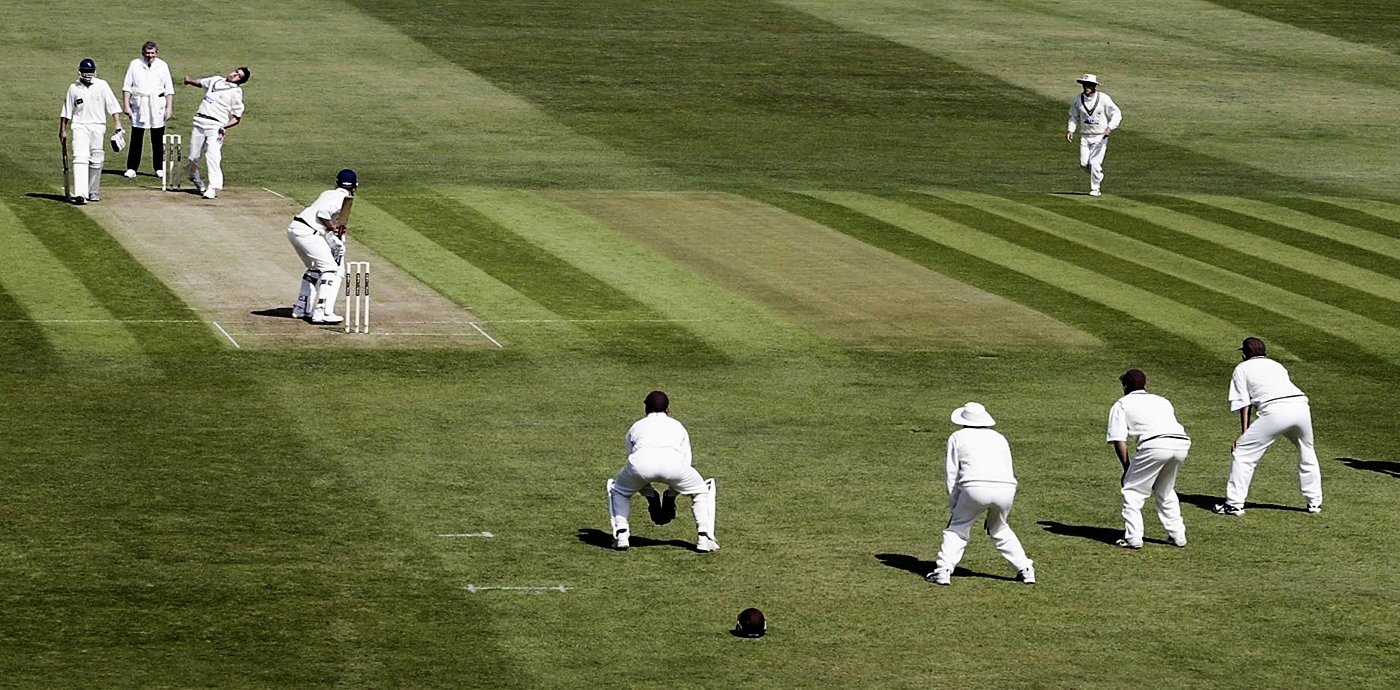Absolutely! Here’s a natural, casual, and human-sounding rewrite of “The Cricketer Performance System: A Complete Framework for Consistent Results”—optimized for SEO, extended in length for more depth (aiming toward 2,000 words), and complete with advanced insights, FAQs, and a well-rounded conclusion. The tone is engaging and informative while preserving all original ideas and details.
🏏 The Cricketer Performance System: A Complete Framework for Consistent Results
Every cricketer dreams of being more consistent—scoring runs regularly, taking wickets at crucial moments, and performing under pressure. But in reality, most players experience a rollercoaster of form: one good week, two bad ones, a lucky innings, then a dry spell.
So how do some players manage to deliver results week after week? What separates the occasional match-winner from the consistently reliable performer?
That’s where the Cricketer Performance System comes in—a comprehensive, step-by-step framework designed to help you perform at your best consistently, not just occasionally. Whether you’re an amateur club cricketer or chasing a semi-pro spot, this system helps you train smarter, think sharper, and play with more confidence.
Let’s dive deep into what this system involves, how it works, and how you can apply it to take your cricketing performance to the next level.

🎯 What Is the Cricketer Performance System?
The Cricketer Performance System isn’t about talent or flashy techniques—it’s a structured approach to improving every part of your game. It includes:
- Physical preparation
- Technical skill development
- Mental training
- Game awareness
- Recovery and review
It’s not about short-term fixes. It’s about building habits that support long-term, consistent performance—game after game, season after season.
Just like elite players have their routines, coaches, analysts, and training schedules, this system brings that level of structure to everyday players.
⚙️ Core Components of the System
Let’s break down the key parts of the Cricketer Performance System and how each contributes to better, more reliable results.
🏋️ 1. Physical Conditioning

Cricket is more physically demanding than it looks. Long spells in the field, explosive batting movements, sudden sprints, and long hours under the sun all take a toll.
That’s why physical preparation is the foundation.
Focus Areas:
- Endurance: To stay sharp in long matches and tournaments.
- Strength training: Especially core and lower body, for powerful shots and stable bowling.
- Agility and flexibility: To react quickly, avoid injury, and move smoothly across the pitch.
- Injury prevention: Warm-ups, cooldowns, stretching, and rehab drills reduce downtime from strain or fatigue.
Training Tips:
- Include cricket-specific drills in your gym routine.
- Don’t skip mobility work—tight hips or hamstrings can ruin your performance.
- Hydrate and fuel your body well before and after games.
🧠 2. Mental Toughness and Focus
Performance starts in the mind. Even the most talented players can crumble under pressure if their mental game isn’t sharp.
Key Elements:
- Mindfulness and concentration techniques to stay present and calm.
- Pre-match routines to get into the zone.
- Visualization to rehearse success and reduce anxiety.
- Positive self-talk to replace fear and doubt with belief and confidence.
- Bounce-back ability to move on quickly after a failure or dropped catch.
Practice Tips:
- Take 5 minutes before each game to visualize your role—see yourself scoring runs or hitting your bowling spot.
- Write down 2–3 affirmations you can repeat during pressure situations.
- Learn from mental lapses: Why did you lose focus? What triggered panic?
🏏 3. Technical Skill Development

No performance system is complete without constant improvement in batting, bowling, fielding, and game awareness.
The best cricketers never stop refining their technique—even when they’re in form.
Batting Focus:
- Footwork drills
- Shot selection under pressure
- Playing spin and swing
- Working on your scoring zones
Bowling Focus:
- Seam position and wrist control
- Bowling to a plan
- Developing variations (yorkers, slower balls, etc.)
- Controlling line and length under fatigue
Fielding Focus:
- Catching technique (slips, high balls, reflex)
- Ground fielding and throws
- Backing up and anticipation
Smart Tip: Use video analysis to study your technique. You’ll spot issues you didn’t notice in real time.
🎯 4. Match Awareness and Tactical Thinking
Knowing how to read the game is just as important as physical or technical skills. This is where smart players stand out.
Situational awareness means:
- Understanding match momentum
- Knowing when to attack or defend
- Reading pitch conditions and adapting quickly
- Communicating with teammates effectively
- Keeping track of overs, field placements, and key players
Drills to Improve:
- Watch professional games and pause them at key moments: What would you do next?
- Run match simulations during practice—practice chasing targets under pressure.
- Keep a cricket journal. After each game, write down what went well and what could improve.
🔁 5. Recovery, Review, and Refinement

Your performance depends not just on training, but also on how well you rest, recover, and reflect.
Why this matters:
- Without proper rest, you won’t absorb the benefits of your training.
- Reflection helps you learn faster from your experiences.
- A balanced life (work, family, cricket, rest) reduces burnout.
Recovery Tips:
- After a match, prioritize hydration, protein intake, and sleep.
- Use foam rollers and light stretching to prevent stiffness.
- Don’t skip rest days—they’re essential for performance longevity.
Review Routine:
- Rewatch your highlights (or mistakes) without self-judgment.
- Ask a coach or teammate for feedback.
- Set goals for the next match or week of practice.
🧠 Advanced Strategy: Building a Weekly Performance Routine
If you’re serious about consistency, create a repeatable weekly system. Here’s a sample plan:
- Monday: Light fitness + mobility + mindset journaling
- Tuesday: Technical nets (batting or bowling focus) + 10 minutes of visualization
- Wednesday: Gym strength session + catching practice
- Thursday: Rest or light skill session
- Friday: Match simulation + review previous game
- Saturday/Sunday: Game day(s)
- Post-match: Recovery + short reflection write-up
Even if you’re a busy student or working professional, this level of structure can make a huge difference over a full season.
❓ Frequently Asked Questions
Q: Do I need a coach to follow the Cricketer Performance System?
Not necessarily. While a coach helps, you can follow this system on your own by staying accountable, watching tutorials, and keeping a journal to track progress.
Q: How long does it take to see consistent improvement?
It depends on your commitment, but most players start noticing stronger mental focus and fewer poor innings within 4–6 weeks of structured practice.
Q: I’m a club-level player. Is this system too advanced for me?
Not at all. This system is designed to scale. You can tailor it to your skill level, goals, and available time.
Q: What’s the #1 most important part of the system?
While everything matters, mindset and match awareness often make the biggest difference in pressure situations.
Q: How do I stay motivated after a string of poor performances?
Stick to the system. Poor form is usually temporary. Trust the process, reflect after each match, and focus on effort, not just results.
✅ Conclusion: The Path to Consistency Isn’t a Secret—It’s a System
Great cricket isn’t just about big scores or viral wickets. It’s about consistency—showing up match after match and giving your team something to rely on.
The Cricketer Performance System gives you the tools to do exactly that. By building your fitness, sharpening your mental game, fine-tuning your skills, and reflecting regularly, you create a foundation that doesn’t crumble under pressure.
You don’t need to be naturally gifted or professionally trained. You just need structure, commitment, and self-awareness.
So the next time you walk out to bat or mark your run-up, know that your performance isn’t left to chance. You’ve trained for this. You’ve earned this. You’re ready.
Let me know if you’d like a PDF training tracker, Excel routine planner, or social media content series created from this content. I can also break this into a multi-part blog series or help you adapt it for a YouTube script or eBook.

